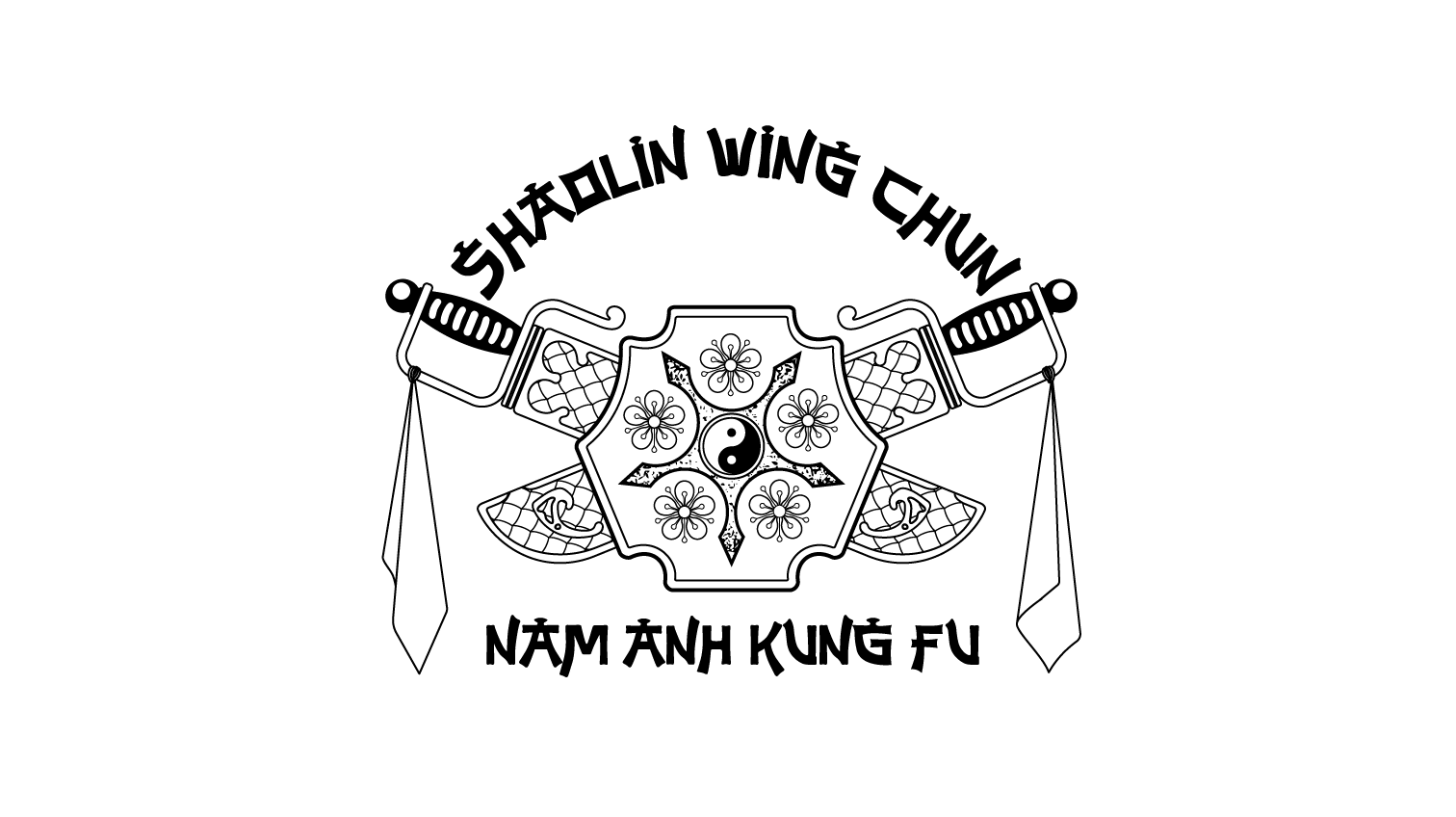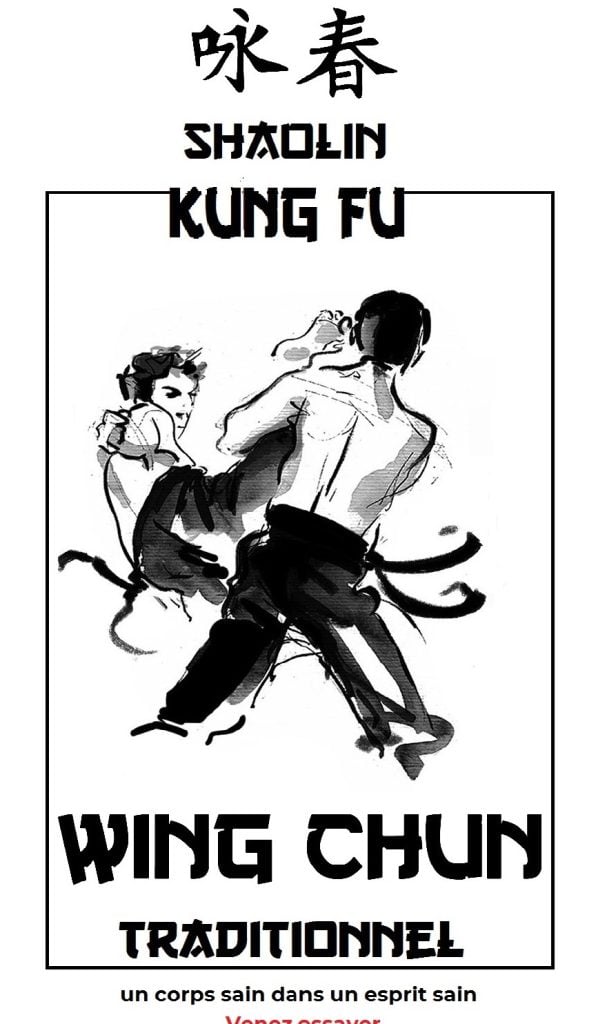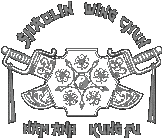Grand Master Nam Anh masters, among other things, two distinct styles of martial arts, Pak Mei and Wing Chun. Therefore, it seems important, as a disciple, to clearly identify these two approaches to ensure their promotion and diffusion.
SHAOLIN TEMPLE DESTRUCTION
Following the Chan Buddhist teachings of Bodidharma (6th century AD) the Shaolin Temple gained great fame thanks to the quality of Kung Fu of its monks. The history of this temple is most tumultuous: it was destroyed and rebuilt several times according to the alliances or conflicts with the imperial powers. The Ching dynasty, of Manchu origin, seized power in 1644, thus driving out the Han dynasty, identified as Ming, and made up of the Chinese majority. At the beginning of their reign, the Ching, under the reign of Kan Shi (1661-1722), the Shaolin Temple remained a powerful martial arts center whose fame attracted many students. The new dynasty had to face a rebellion movement supported in secret by the religions, the monastery of Shaolin as well as by different schools of Kung Fu because the Ching were then perceived like invaders. Excluded from power and fugitives, several Ming dignitaries took refuge in the Shaolin Temple to perfect their martial training and continue the rebellion in order to drive out the Manchu invaders. Generals specializing in the art of war led armies and regarded martial arts students as a threat. On several occasions they tried to appropriate the knowledge of the monks. It was during a bloody repression ordered by Emperor Chiang Lung (1736-1796) that the Shaolin Temple was set on fire and bleeding. The Kung Fu schools were dissolved. Only 5 monks survived and fled. They are known as the “Five Invincibles” and went into hiding. These are: Jee Shin, Tak Fung Taoi, Mieu Hien, Pak Mei and Ng Mui.
THE WING CHUN: A COUNTERPOINT TO PAK MEI (THE THESIS AND THE ANTITHESIS)
The destruction of the Shaolin Temple was the origin of a great change in the world of Kung Fu by forcing survivors to innovation. In order to continue the resistance it was necessary to secretly train new combatants in less time while improving their efficiency since the monks of Shaolin had been defeated by the imperial troops. It is in this context that Pak Mei and Wing Chun find their origins. Among the 5 invincibles, there was one who changed political allegiance and joined the Ching : Pak Mei who had developed a new style of Kung Fu based on the short path. This was a revolutionary approach to the Shaolin tradition of which Kung Fu was based on the long path. He challenged Jee Shan who perished in this fight. The superiority of Pak Mei was thus demonstrated. This confrontation dealt a severe blow to Shaolin and the Ming’s fame and strengthened Ching’s authority and the prestige of the Pak Mei School, which was undergoing great development. It was imperative to devise a response because the growing appeal of the Pak Mei strengthened Ching’s power over the population to the detriment of schools related to Shaolin and Ming.
However, among the spectators who attended the fight, there was another of the 5 invincibles : the nun Ng Mui who remained faithful to the Ming clan. In order to counter Pak Mei who was now in the service of the power in place, she had to invent a form of specific combat likely to overcome the techniques used by this new enemy. Founder of Pai Heu School, Ng Mui had the skills to design an effective response.
It is in this context that the Wing Chun was conceived. Like the Pak Mei, it uses the short path, the center line, the internal force and the wooden dummy. It should be noted in passing that the use of the wooden dummy goes back to the Shaolin Temple, where there was a dark room in which there were many wooden dummys equipped with various mechanisms for intensive training. During the last test before the final exit of the temple (descent of the mountain) the disciple had to defeat a series of wooden dummys arranged in an obscure corridor leading to the exit. If he managed to cross it by remaining unscathed, this final test consecrated the end of his training.
For example, Wing Chun’s wooden dummy replicates the basic position of the Pak Mei fighters, in order to allow Wing Chun’s followers to resist the attacks of their opponents. Other styles also use the wooden dummy: Choy lay fut, Praying Mantis, Pak Mei. Each school conceived it according to its own techniques that vary from one style to another.
In the course of her flight, taking refuge from one monastery to another, the good-natured Ng Mui trained three disciples: Fung Wing Chun, Mai Wing Chun and Yim Wing Chun (the founder of our School). However, these disciples were outside the Shaolin Temple. Each of them married former disciples who were now orphans after the death of their Kung Fu Master. It was under these arrangements that Yim Wing Chun married Leung Bok Chau. The planning of these marriages consolidated the organization of resistance among opponents of the Ching regime. Out of respect for his wife Leung Bok Chau named the new style “Wing Chun”.
IN-DEPTH KNOWLEDGE
The long journey in the martial arts of Grand Master Nam Anh is dotted with several key steps. Having completed his Wing Chung training with Master Hoi Hai Long and Grandmaster Nguyen Minh, he became interested in Pak Mei. Driven by an insatiable thirst for knowledge, he wanted to go back to basics and understand the combat system that had once overwhelmed Shaolin’s approach and gave birth to Wing Chun. A Grand Master thus became the disciple of another Grand Master, wich almost never happens. Under the tutelage of Loo Ping Woon, he became a Grand Master of Pak Mei! In Viet Nam, this episode marked the unification of two formerly antagonistic schools for the benefit of the Martial Arts community.
Armed with this new knowledge, the Grand Master took another step in the quest for ultimate fighting techniques, paving the way for another step with one of his former mentors, Taichi Master Kwan Say Ming, who would then ask him the enigma of existence and non-existence!
Nam Ngu (Pierre François Flores)
Red Belt, 4th Dan
Collaboration: Malcolm St-Pierre, ceinture rouge



Responses